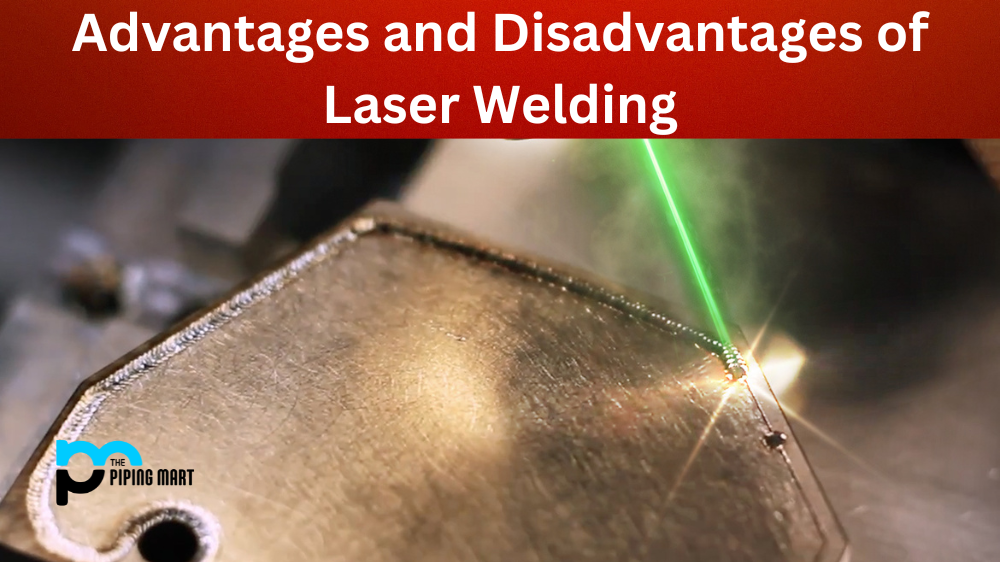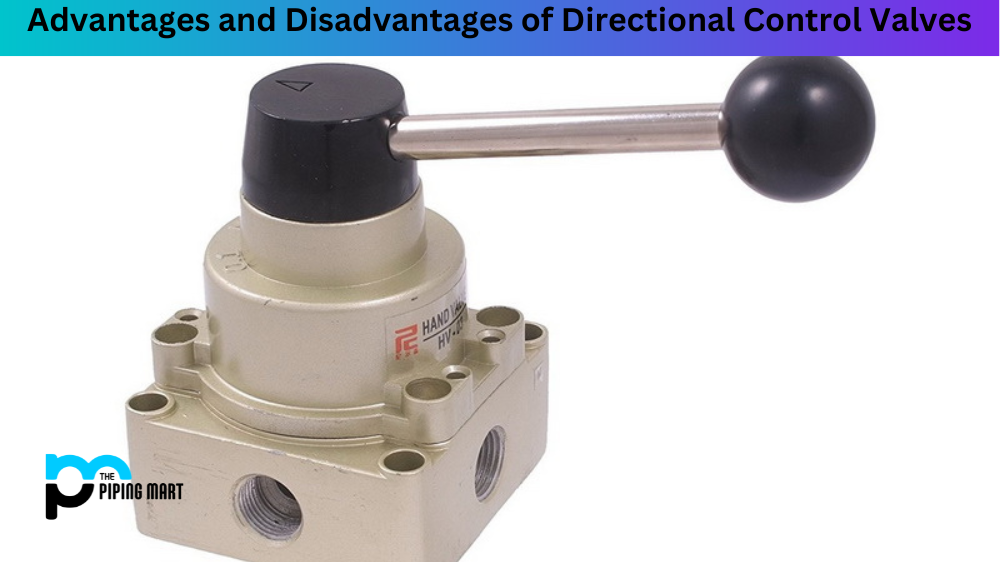Laser welding is a relatively new technology that has the potential to revolutionize manufacturing processes. This method of joining two metal components together involves using a laser beam that produces a heat source capable of melting metal surfaces together. But before you jump into laser welding, it’s important to understand both the advantages and disadvantages this process offers. Let’s take a closer look at the pros and cons of using laser welding in your manufacturing process.
Advantages of Laser Welding
The main advantage of laser welding is its precision. Unlike traditional welding processes, laser welding can be done without having to use any additional tools or fixtures. The result is a much more precise weld than would otherwise be possible with other methods. Additionally, because lasers can reach incredibly high temperatures (thousands of degrees Celsius), they are also capable of producing very strong and durable welds that can withstand extreme temperatures and harsh environments. Finally, due to the highly automated nature of laser welding, it requires less manual labour compared to other types of welding methods, which can result in savings on labour costs for manufacturers.
Higher Quality Welds
One of the primary advantages of laser welding is that it produces higher-quality welds than other welding methods. This is due to the fact that laser welding produces narrower and deeper welds than other methods, which results in a stronger bond between the two pieces of metal. Additionally, laser welding produces less heat than other methods, which helps to prevent warping and distortion.
Increased Efficiency
Another advantage of laser welding is that it is more efficient than other methods. This is because laser welders can be automated, which means that they can operate for longer periods of time without needing to be monitored. Additionally, laser welders can be used to weld multiple pieces of metal at once, which further increases their efficiency.
Greater Precision
Laser welding also offers greater precision than other methods of welding. This is because laser beams are very narrow and can be focused very precisely on the area that needs to be welded. This allows for much more precise control over the welding process, which results in less waste and fewer mistakes.
Safer for Workers
Laser welding is also safer for workers than other methods of welding. This is because there is no need for workers to be in close proximity to the area being welded, as the laser beam can be directed from a distance. Additionally, laser welding produces fewer fumes and smoke than other methods, which helps to improve air quality and reduce the risk of respiratory problems for workers.
Disadvantages of Laser Welding
Despite its many benefits, there are still some drawbacks associated with laser welding that should be taken into consideration before investing in this technology. For starters, laser welding is often more expensive than other types of conventional welding processes due to the fact that it requires specialized equipment and highly trained technicians who are familiar with how to operate it properly. Additionally, since the heat generated by lasers is so intense, it can be difficult to control and adjust if something goes wrong during the process, which could lead to errors or inconsistencies in the finished product. Finally, though not necessarily a disadvantage per se, it’s important to note that most materials, such as aluminium cannot be effectively welded using lasers. So this type of welding won’t work for all applications.
High initial cost
One of the main disadvantages of laser welding is the high initial cost. Laser welders can be very expensive, and the cost of training employees to use them can also be significant. Additionally, the cost of maintenance and repairs can be higher for laser welders than for other types of welding equipment.
Requires special skills and training
Another disadvantage of laser welding is that it requires special skills and training. Laser welders are complex pieces of equipment, and operators must be properly trained in order to use them safely and effectively. This can add to the overall cost of using laser welders.
Limited applications
Laser welders also have limited applications. They are not well suited for welding thicker materials, and they cannot be used for certain types of joints. Additionally, laser welders typically cannot be used on metals that are not highly conductive, such as aluminium or stainless steel.
Health risks
There are also some health risks associated with laser welding. The intense heat generated by laser welders can pose a burn risk to operators, and the fumes generated by the welding process can also be harmful if inhaled. Additionally, the bright light generated by laser welders can cause eye damage if operators do not wear proper safety equipment.
Conclusion:
Laser welding is an impressive technology that can provide numerous benefits for manufacturers looking for ways to increase efficiency and reduce costs when joining two metal components together. While there are some drawbacks associated with this process, such as high costs and difficulties controlling heat levels during operation, these issues can usually be overcome by thoroughly researching different models available on the market today before investing in one for your business needs. Ultimately, if you’re looking for a reliable way to join metals quickly and precisely, then laser welding might just be what you’ve been searching for!

Abhishek is a seasoned blogger and industry expert, sharing his insights and knowledge on various topics. With his research, Abhishek offers valuable insights and tips for professionals and enthusiasts. Follow him for expert advice on the latest trends and developments in the metal industry.




